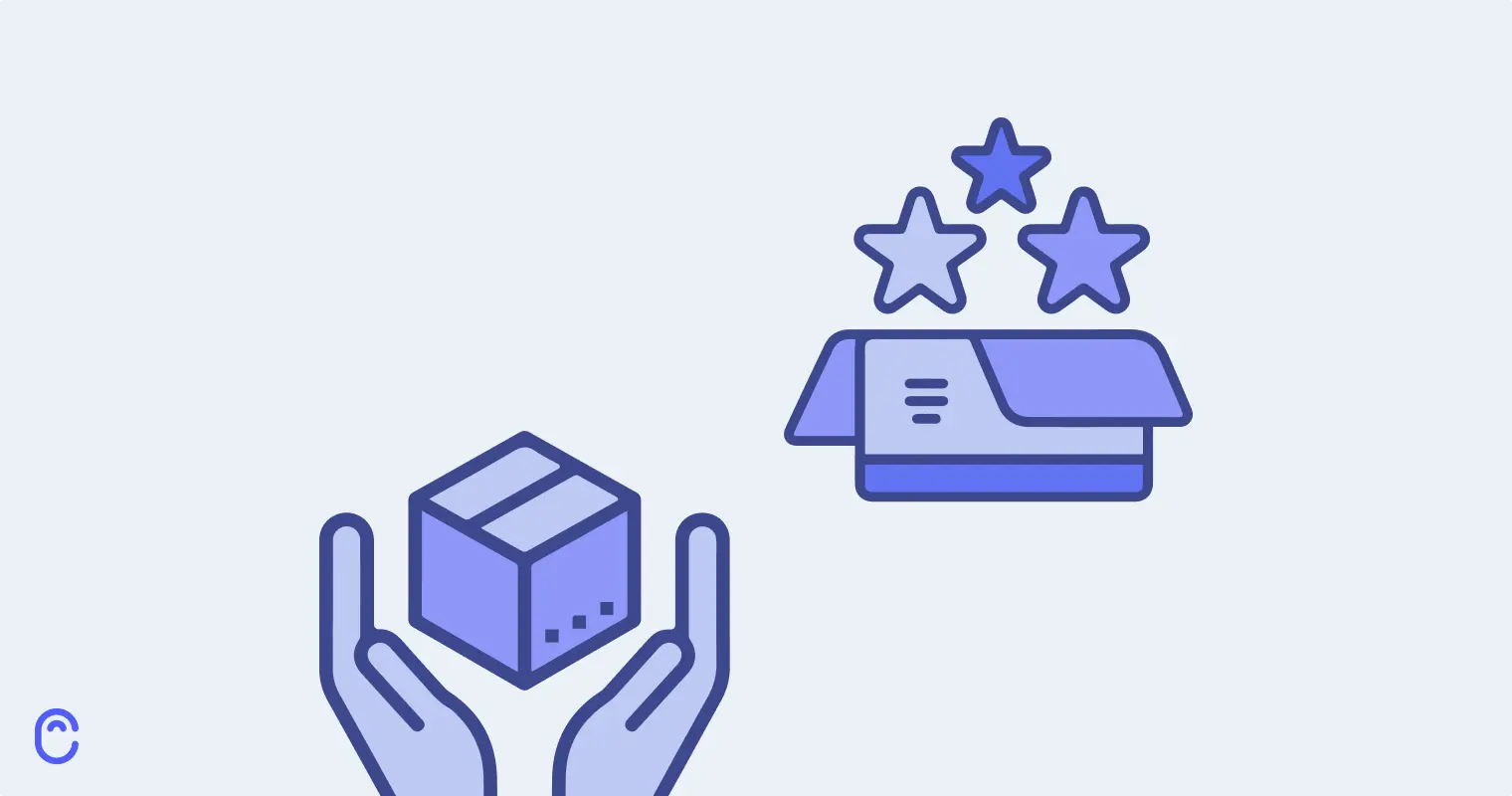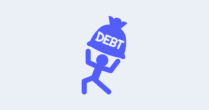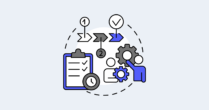What is a product?
We all use the term “product” every day. But sometimes we mean different things. Let’s explore what a product really is.
A product is a solution crafted to solve a specific problem or fulfill its users’ needs. A product can be a physical, tangible object you can hold or a service you experience.
In this post, we’ll explore everything related to products.
Types of products
You can touch and feel a tangible product, like your smartphone or sneakers. Intangible products are services or digital offerings. Think of streaming music services (Spotify, Apple Music) or cloud storage (Google Drive, Dropbox). Each has its quirks in development, marketing, and user experience.
We can categorize products further:
- Consumer goods – meant for personal use (groceries, clothing, etc)
- Industrial products – used to create other products (like machinery and raw materials)
- Services – encompass everything from haircuts to home cleaning
- Digital products – intangible goods that exist in digital form (software, digital media, etc)
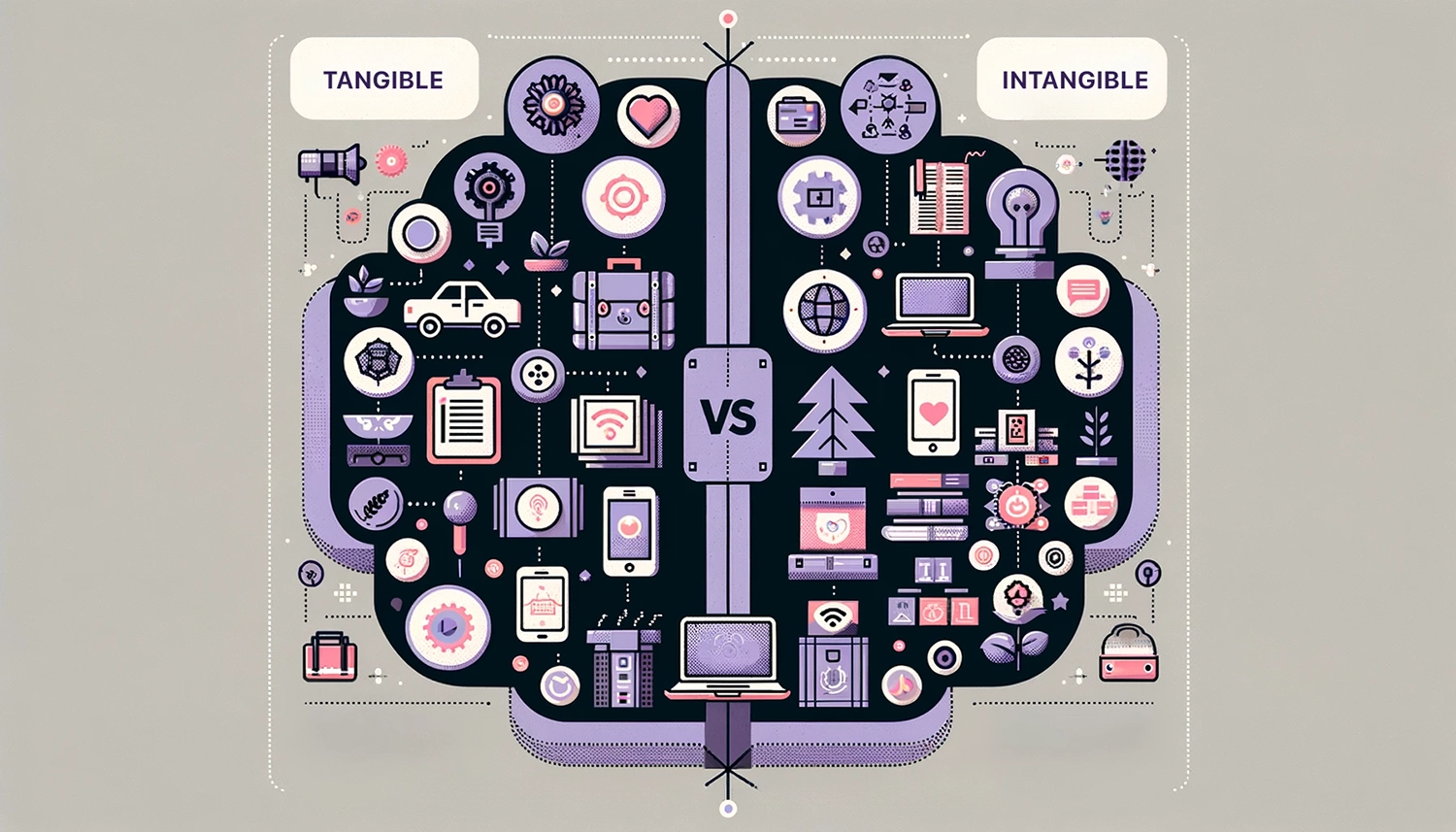
Products are everywhere. And good products make our lives easier and more enjoyable. Not-so-great products can confuse or even irritate us. We want to focus on creating the first kind of course. We’ll also focus on intangible tech-related products in this article.
Developing and launching products
Five distinct stages can help you build great products.

Ideation
Ideation is the creative process of generating, developing, and communicating new ideas. It’s where innovation starts. Product managers, designers, and the development team brainstorm solutions to the market needs. This stage is all about creativity and thinking outside the box. Product teams use brainstorming sessions, SWOT analysis, and customer feedback analysis. This helps them identify promising product concepts.
Strategy
Once the product team selects a viable idea, developing a product strategy is next. This involves defining the product’s vision, objectives, target market, and competitive positioning. A product manager must also decide on the key features, pricing model, and go-to-market strategy. They do thorough market research and competitive analysis. A well-crafted strategy guides a product roadmap. It guides the product development process and ensures all team members work towards the same objectives.
Design
Design is not just about aesthetics. It’s about creating a user-centric product that offers a seamless and engaging experience.
During this phase, designers focus on usability, functionality, and visual appeal. They often use prototyping tools and design thinking methodologies. They need to quickly iterate on design concepts and incorporate user feedback to refine the product. The goal is to create a design that looks good and intuitively solves the user’s problem. They also need to follow the company’s web design guide to stay consistent with brand standards.
Development
With the design in place, the development team turns the product concept into reality. This phase involves coding, building, and testing the product. Developers often use Agile development methodologies like Scrum or Kanban. They help teams stay flexible and continually improve. Regular testing helps identify and fix bugs early.
Teams will often ship a minimum viable product first. That lets them learn and get feedback, validate the idea, and improve it.
Launch
The product launch is the moment of truth—when the final product is introduced to the market. A successful launch requires careful planning and coordination across multiple teams. Involve marketing, sales, and customer support here.
Product managers oversee the launch strategy. They ensure that everything’s in place to make the product’s debut successful. Promotional activities, distribution channels, and support systems all play a role here. Monitoring initial user feedback and performance metrics is also crucial during this phase.
Analysis
After the launch, the focus shifts to analyzing the product’s performance. This involves collecting and evaluating data on the following:
- Sales
- Customer feedback
- Usage patterns
- Market response
Product managers use this information and evaluate product performance. They compare results to the objectives they set in the strategy phase. This analysis helps identify:
- Areas for improvement
- Potential updates
- New features that could enhance the product’s value and customer satisfaction
Each product goes through a few stages throughout its life. It’s called a product lifecycle.
Product life cycle
The product life cycle (PLC) describes the stages a product goes through — from an idea until it’s removed from the market. Understanding the PLC is crucial for product managers. It helps them plan, forecast, and manage a product’s journey effectively.
Introduction
This is the product’s debut in the market. Sales grow slowly as awareness builds. Strategies at this stage focus on creating awareness and early adoption. It’s all about getting the product into customers’ hands and gathering initial feedback. Marketing efforts are high, and the goal is to build market share.
Example: electric vehicles by new entrants
Remember when Tesla initially introduced their electric vehicles? They were in the introduction phase. Sales grew slowly as they built awareness and worked towards early adoption. The focus was on showcasing the innovation of EV technology. Goal: to build market share and gather initial user feedback.
Growth
At this stage, the product’s acceptance increases, sales rise rapidly, and profitability improves. The focus shifts to differentiating the product from competitors and maximizing market share. A marketing strategy may involve:
- Expanding the product line
- Adjusting prices
- Enhancing features to attract more users
Example: smartphones
Smartphones experienced rapid growth, particularly in the early 2010s. As they became more accepted, companies like Apple and Samsung saw their sales and profitability soar. They focused on differentiating their products through better cameras, apps, and features. They also expanded their product lines and adjusted prices to capture more market share.
Maturity
The maturity stage shows a slowdown in sales growth. The product is well-established, and the market may be saturated. Competition intensifies, which leads to price reductions. Also, product marketing expenses increase to maintain market share.
Product managers might focus on:
- Finding new markets
- Improving product features
- Reducing production costs to stay competitive
Example: laptops
Laptops, a well-established product category, are in the maturity stage. Most households have one, and the market is saturated. Brands intensely compete on price, features, and brand loyalty. Goal: maintain or grow their market share.
Innovations are more incremental. They focus on improving processors, battery life, and weight to stay competitive.
Decline
Eventually, sales and profits begin to fall. This could be due to:
- Market saturation
- Technological advances
- Changes in consumer preferences
- Stronger competition
During the decline stage, strategies might include:
- Discontinuing weak items
- Cutting costs
- Trying to rejuvenate the product by tapping into a different market segment
Sometimes, this stage signifies that it’s time to phase out a particular product.
Example: DVD players
DVD players are a classic example of a product in the decline phase. Streaming services like Netflix soared, and the demand for DVD players fell. Manufacturers reduced production, and some exited the market altogether. Companies sold off the remaining inventory and stopped production.
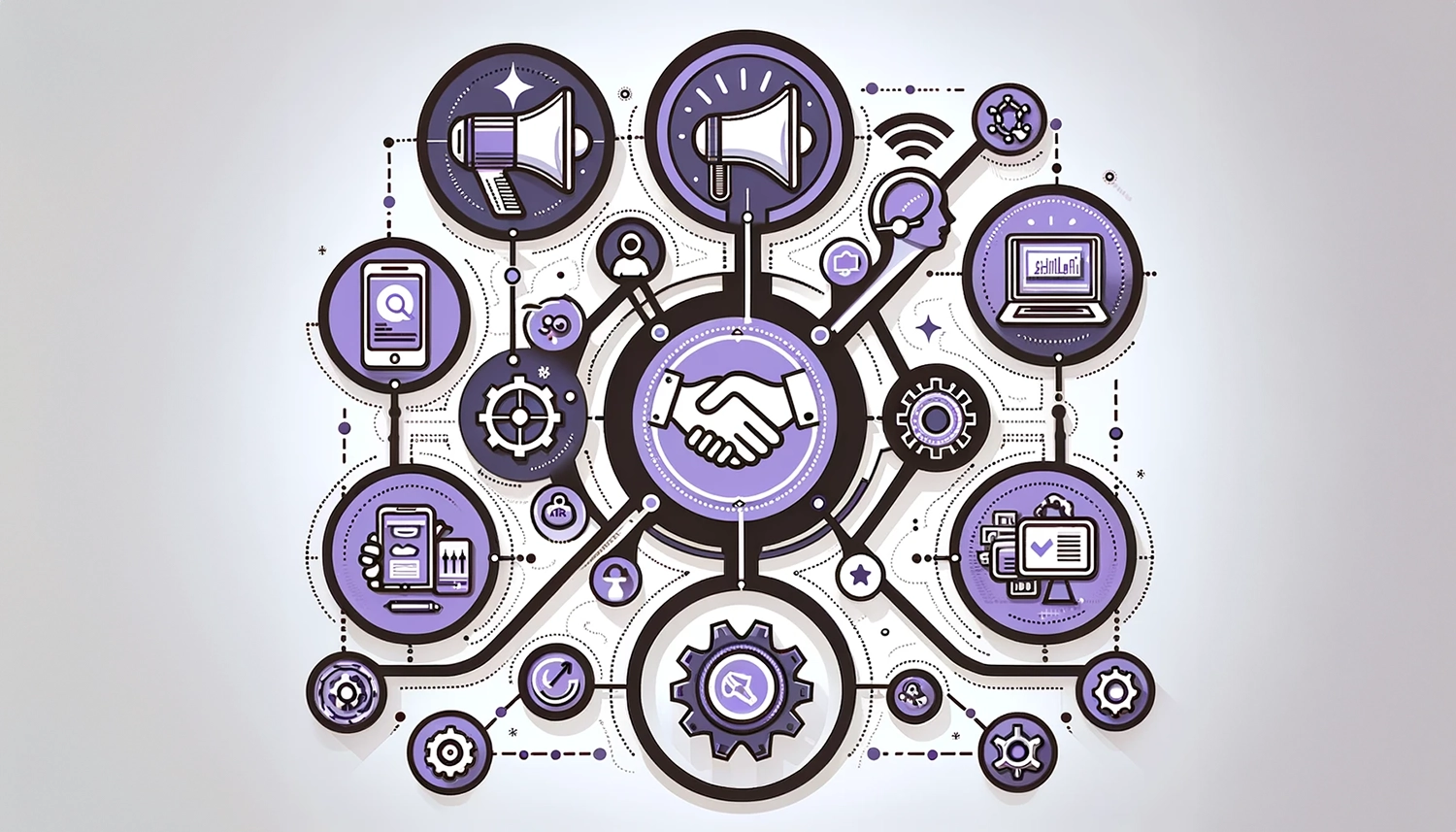
Managing the PLC
Effective product teams plan strategically and stay adaptable.
- During the introduction, they establish a foothold and try to understand early adopter feedback.
- As the product grows, they scale production, expand distribution, and refine marketing messages.
- Maturity challenges managers to innovate and differentiate.
- Decline demands tough decisions about whether to rejuvenate or retire the product.
When you examine and understand each stage, you can ensure product success at every stage. Even phasing out a product isn’t bad sometimes – as long as you have a strategy.
Let’s take this a bit further and explore the complete product experience.
The complete product experience (CPE)
The CPE isn’t just about the product itself. It’s the full circle of interactions and experiences your users have with your product and brand. It encompasses every touchpoint:
- Initial awareness
- Purchase
- Use
- Ongoing relationship with the customer
This holistic view is vital in product management. It shifts the focus from selling a product to creating a meaningful end-to-end experience. This experience satisfies and retains customers.
CPE and its relevance to product management
Understanding and optimizing the CPE is crucial for product managers. It requires a broad perspective beyond the product’s features or specifications. A well-crafted CPE leads to higher customer satisfaction, loyalty, and advocacy. Those are key drivers of a product’s success. It also helps identify:
- Areas of improvement
- Innovation opportunities
- Strategies for competitive differentiation
Components of CPE
Marketing
Marketing is how you communicate your product’s value proposition to your target audience. It’s the art of connecting your product’s capabilities with a customer’s needs and desires. Effective marketing involves storytelling that resonates with potential users. You want to help users see your product not just as an item to buy but as a solution to their problems.
Sales
Sales is the direct process through which customers buy your products. It’s closely tied to marketing but focuses on converting interest into transactions. The CPE’s sales experience must be seamless, transparent, and customer-focused. This ensures that marketing expectations are met or exceeded during purchase.
Technology
Technology underpins your product’s functionality and reliability. It’s not just about the code or hardware. It’s how these elements come together to create a user-friendly, efficient, and secure experience. For software products, this includes user interface design to the backend systems.
Supporting systems
Supporting systems include customer service, user guides, FAQs, and online communities. These resources empower users to get the most out of your product. They provide assistance and information that enhances their overall experience. Effective support systems are accessible, informative, and empathetic. They address user needs promptly and efficiently.
Third-party integrations
In today’s interconnected world, your product rarely exists in isolation. Third-party integrations extend its functionality. They allow users to connect your product with other tools and services they use. This component of the CPE adds value, convenience, and flexibility. It makes your product more integral to the user’s daily life or workflow.
Support
Support goes beyond troubleshooting or answering queries. It’s about building a relationship with your users. This involves listening to their feedback, addressing their concerns, and providing timely updates. Excellent support solves problems and demonstrates your commitment to user satisfaction and success.
Policies
Policies are critical in shaping users’ trust and confidence in your product. This includes your privacy policy, return policy, warranty, and terms of use. Clear, fair, and user-friendly policies reassure customers about their rights.
Conclusion: products and effective product strategy
A product is much more than just something you buy. It’s a solution to a problem, whether it’s something you can hold or a service you use. From coming up with a big idea to getting that idea into the hands of users, every stage is crucial.
The complete product experience ties it all together. It’s how users interact with your product from start to finish. Each part plays a role in making the experience as good as possible.
To build something valuable, keep your users’ needs at the center. Also adapt to changes and always try to improve the product experience.


